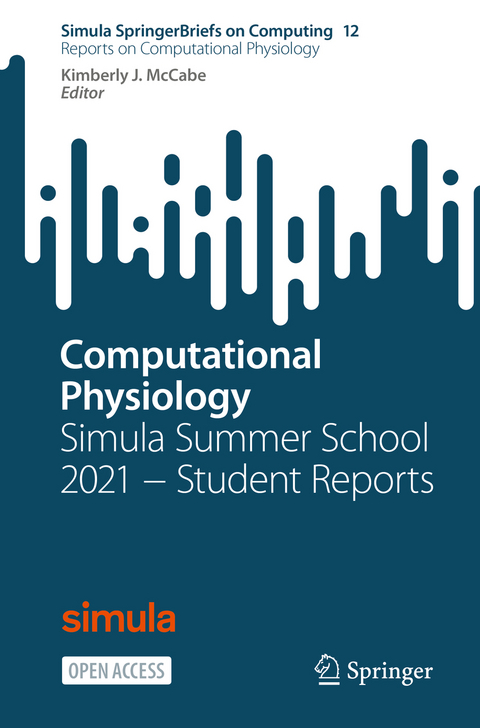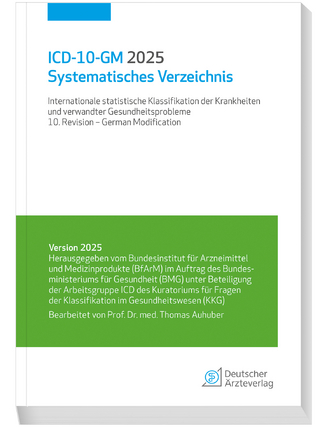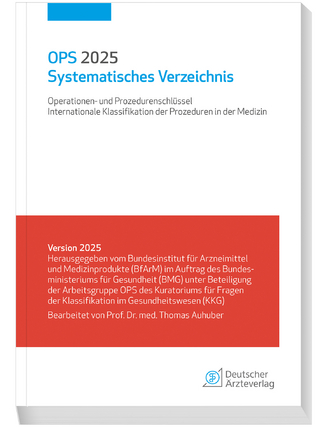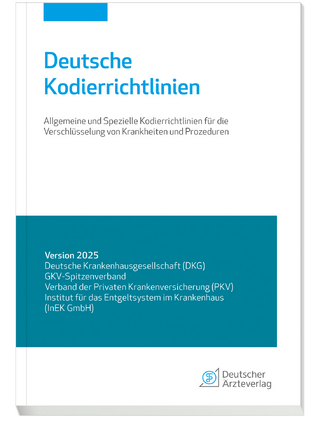
Computational Physiology
Springer International Publishing (Verlag)
978-3-031-05163-0 (ISBN)
This open access volume compiles student reports from the 2021 Simula Summer School in Computational Physiology. Interested readers will find herein a number of modern approaches to modeling excitable tissue. This should provide a framework for tools available to model subcellular and tissue-level physiology across scales and scientific questions.
In June through August of 2021, Simula held the seventh annual Summer School in Computational Physiology in collaboration with the University of Oslo (UiO) and the University of California, San Diego (UCSD). The course focuses on modeling excitable tissues, with a special interest in cardiac physiology and neuroscience. The majority of the school consists of group research projects conducted by Masters and PhD students from around the world, and advised by scientists at Simula, UiO and UCSD. Each group then produced a report that addreses a specific problem of importance in physiology and presents a succinct summary of the findings. Reports may not necessarily represent new scientific results; rather, they can reproduce or supplement earlier computational studies or experimental findings.
Reports from eight of the summer projects are included as separate chapters. The fields represented include cardiac geometry definition (Chapter 1), electrophysiology and pharmacology (Chapters 2-5), fluid mechanics in blood vessels (Chapter 6), cardiac calcium handling and mechanics (Chapter 7), and machine learning in cardiac electrophysiology (Chapter 8).
A Pipeline for Automated Coordinate Assignment in Anatomically Accurate Biventricular Models 3D Simulations of Fetal and Maternal Ventricular Excitation for Investigating the Abdominal ECG.- Ordinary Differential Equation-based Modeling of Cells in Human Cartilage.- Conduction Velocity in Cardiac Tissue as Function of Ion Channel Conductance and Distribution.- Computational Prediction of Cardiac Electropharmacology - How Much Does the Model Matter?.- A Computational Study of Flow Instabilities in Aneurysms.- Investigating the Multiscale Impact of Deoxyadenosine Triphosphate (dATP) on Pulmonary Arterial Hypertension (PAH) Induced Heart Failure.- Identifying Ionic Channel Block in a Virtual Cardiomyocyte Population Using Machine Learning Classifiers.
| Erscheinungsdatum | 12.05.2022 |
|---|---|
| Reihe/Serie | Reports on Computational Physiology | Simula SpringerBriefs on Computing |
| Zusatzinfo | XI, 109 p. 47 illus., 45 illus. in color. |
| Verlagsort | Cham |
| Sprache | englisch |
| Maße | 155 x 235 mm |
| Gewicht | 203 g |
| Themenwelt | Informatik ► Weitere Themen ► Bioinformatik |
| Mathematik / Informatik ► Mathematik ► Analysis | |
| Mathematik / Informatik ► Mathematik ► Angewandte Mathematik | |
| Medizin / Pharmazie ► Physiotherapie / Ergotherapie ► Orthopädie | |
| Technik ► Medizintechnik | |
| Schlagworte | Bioengineering • computational physiology • electrophysiology • fluid mechanics • machine learning • Mechanics • Numerical analysis • open access • pharmacology • Scientific Computing |
| ISBN-10 | 3-031-05163-7 / 3031051637 |
| ISBN-13 | 978-3-031-05163-0 / 9783031051630 |
| Zustand | Neuware |
| Informationen gemäß Produktsicherheitsverordnung (GPSR) | |
| Haben Sie eine Frage zum Produkt? |
aus dem Bereich


